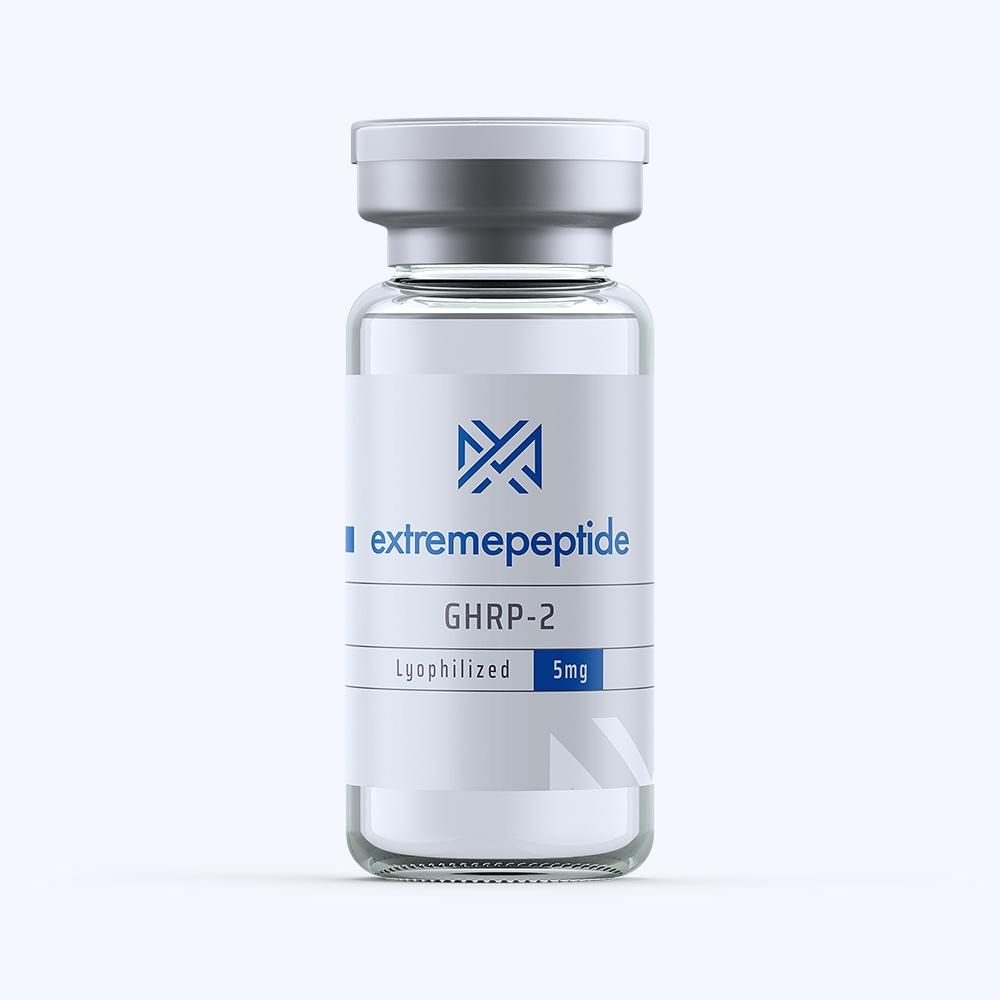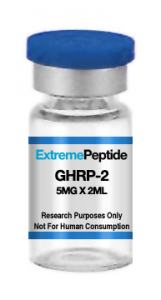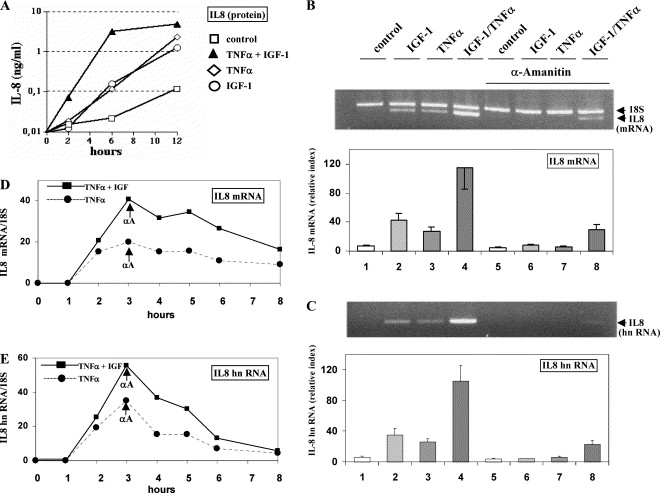(Click here to read our disclaimer)
(To buy Ghrp 2 from our store click here)
 GHRP2 stimulates the release of an endogeneous hormones within the somatotropes of the anterior pituitary in the animal body. Specifically, GHRP2 will increase the number of somatotropes by limiting the amount of somatostatin present while standard GHRH increases the amplitude at which the pituitary cells pulse.
GHRP2 stimulates the release of an endogeneous hormones within the somatotropes of the anterior pituitary in the animal body. Specifically, GHRP2 will increase the number of somatotropes by limiting the amount of somatostatin present while standard GHRH increases the amplitude at which the pituitary cells pulse.
Unlike ghrelin, GHRP2 is not used to increase appetite, but it may have secondary actions that will impact the hypothalamic neurons. These effects last for approximately an hour after the initial application. This mimics the natural application of GH which consists of an eight hour circulation period.
Effects on Secretions in Ovine and Rats
Previous studies investigated the actions of GHRP6 and GHRP2 on GH releases in the rat and pituitary cells, and a follow up study focused on increasing these concentrations to create GH dependency to better understand potential dosing restrictions, should this chemical be used in therapeutic sessions in the future.
- GHRP2, GHRP6 and GRF were applied in increasing concentrations to partially purified sheep somatrophs to cause a release of hormones in a dependent manner. GHRP6 was not found to increase the cAMP levels. Mixtures of GRF and GHRP2 were found to increase and cAMP levels, but a combination of GHRP2 and GHRP6 did not.
- When the cells were pretreated with an adenylyl cyclase inhibitor, they did not see a cAMP increase. This antagonist did not prevent cAMP reactions when GHRP6 was applied.
- When the antagonist was applied to the receptor, the GHRP2 and GRF combination did not increase the cAMP rates when GRF, GHRP2 or GHRP6 were applied.
These results indicate that GHRP2 can affect the ovine pituitary somatotroph to increase cAMP concentrations in a similar way that GRF does. However, GHRP2, GHRP6 or GRF all act on different receptors which would be why GHRP6 did not have an effect cAMP levels on the rat pituitary cell cultures.
Anti-Inflammatory Effects in Arthritic Rats
This study focused on the proper administration of GHRP2 on arthritic rats.
- Rats were injected with Freund’s adjuvant and then given daily exposures to GHRP2 or ghrelin fifteen days later.
- Those exposed to the ghrelin serum saw a decrease in their lepin concentrations, while those given GHRP2 saw ameliorated external symptoms of their arthritis and a decrease in their paw volume.
- GHRP2 also decreased IL-6 levels when they had originally been increased by the arthritis symptoms.
The results of this study help to show that GHRP2 may have use in managing IL-6 levels affected by arthritis. This further implies that GHRP2 may have anti-inflammatory properties as the chemical appeared to have a positive effect on managing the ghrelin receptors and immune cells that were affected by the disease.
The comparison of GHRP2 to similar chemicals in a natural setting is ongoing to assist researchers in evaluating the similarities in composition so the study of this chemical can be expanded to additional animals.
Sources:
http://joe.endocrinology-journals.org/content/148/2/197.short
http://ajpendo.physiology.org/content/288/3/E486.short
Click here to view our entire PDF research library
Click here to view or download this article in PDF format


